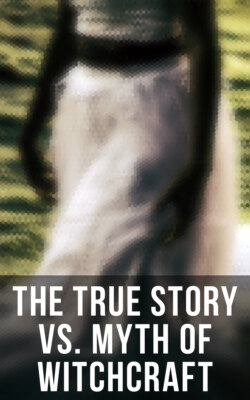Читать книгу The True Story vs. Myth of Witchcraft - William Godwin - Страница 161
На сайте Литреса книга снята с продажи.
Peter of Apono.
ОглавлениеPeter of Apono, so called from a village of that name in the vicinity of Padua, where he was born in the year 1250, was an eminent philosopher, mathematician and astrologer, but especially excelled in physic. Finding that science at a low ebb in his native country, he resorted to Paris, where it especially flourished; and after a time returning home, exercised his art with extraordinary success, and by this means accumulated great wealth.
But all his fame and attainments were poisoned to him by the accusation of magic. Among other things he was said to possess seven spirits, each of them inclosed in a crystal vessel, from whom he received every information he desired in the seven liberal arts. He was further reported to have had the extraordinary faculty of causing the money he expended in his disbursements, immediately to come back into his own purse. He was besides of a hasty and revengeful temper. In consequence of this it happened to him, that, having a neighbour, who had an admirable spring of water in his garden, and who was accustomed to suffer the physician to send for a daily supply, but who for some displeasure or inconvenience withdrew his permission, Peter d’Apono, by the aid of the devil, removed the spring from the garden in which it had flowed, and turned it to waste in the public street. For some of these accusations he was called to account by the tribunal of the inquisition. While he was upon his trial however, the unfortunate man died. But so unfavourable was the judgment of the inquisitors respecting him, that they decreed that his bones should be dug up, and publicly burned. Some of his friends got intimation of this, and saved him from the impending disgrace by removing his remains. Disappointed in this, the inquisitors proceeded to burn him in effigy.
